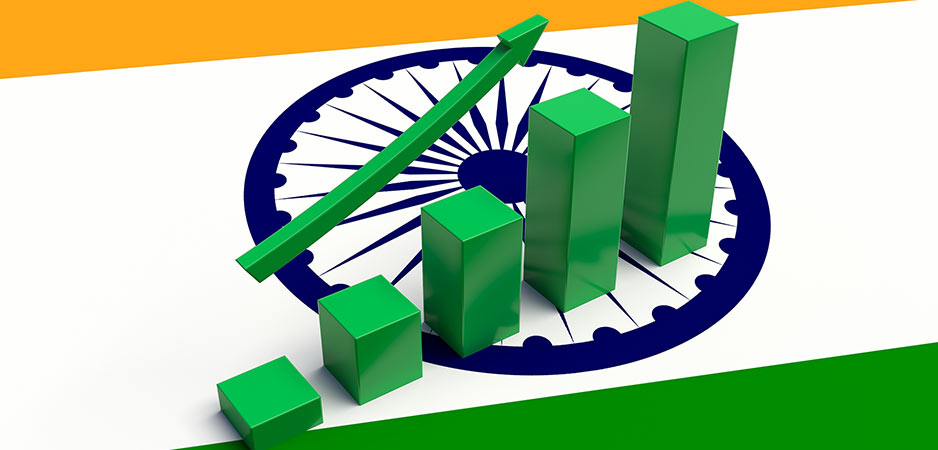A decade ago, former World Bank economist Lant Pritchett was lauded for his thesis that while India was definitely not a failing state — it had achieved 7% “miracle” GDP growth — it was a “flailing state.” That is, while its performance was world class by some measures of governance, it was terrible in other respects, notably in government services like health, education and sanitation.
India has some top-class institutions like the IAS, the IITs and Election Commission. Even Uttar Pradesh, viewed by many as the worst-administered state, can astonish the worst-administered state, can astonish the world by creating a temporary, excellently run giant city for the Kumbh Mela. But for ordinary day-to-day services, there is a fatal disconnect between the excellence of top institutions and last-mile delivery to citizens. With some exceptions, government services are widely seen as corrupt, callous, unaccountable, and almost unreformable.
Today, after India has drawn worldwide praise for achieving one billion Covid vaccinations, is the “flailing state” thesis obsolete? No doubt bungles and delays hit initial arrangements, but the pace and spread of vaccination is now good. India can do 10 million vaccinations per day. This is a state that works.
Pritchett in 2009 also labelled sanitation a “flailing” sector. But Swachh Bharat has made mass sanitation a reality. The government claim that India is “open defecation free” is clearly exaggerated. I have seen a village hamlet without a single toilet being used for want of water. But if functional toilet coverage has increased from 35% of households to say 75%, that is a major achievement even if well short of 100%.
Some will say that these are examples of India rising to the occasion (as in the Kumbh Mela) as distinct from daily good performance. But financial inclusion now works even routinely. Over four-fifths of households now have bank accounts, phenomenal by Third World standards. True, there are many dormant accounts, but their number is falling steadily. This is facilitating an increased use of direct benefit transfers into the accounts of beneficiaries, cutting out corrupt middlemen, contractors and officials. A paper by the Indicus Centre for Financial Inclusion says that in 2020-21, a whopping Rs 5,52,527 crore of direct benefit transfers was paid out through 603 crore transactions. India Stack and the Unified Payments Interface have prepared India for a wholesale shift to digital payments.
All but a tiny proportion of villages now have pukka roads, electricity and telecom access. Land records are being digitised in some states.
Ayushman Bharat, aiming to provide secondary and tertiary health care to 500 million poorer people, financed over 10 million hospitalisations before Covid struck. The Ujjwala programme to give free cooking gas connections has been a major success that the BJP boasts of at every election. In the bad old “flailing” days such a scheme would have been launched with fanfare and then petered out. Not anymore.
Something similar can be said of the Sowbhagya scheme to provide at least one electric bulb in every household. The biggest new scheme on the anvil is the provision of piped water to every household. This too will doubtless suffer from shortfalls and glitches, yet everybody expects that, by and large, it will get done. This change in expectations is itself an achievement. The state is no longer viewed as flailing and lacking in capacity.
We have no simple way to measure state capacity, yet nothing is more important for development. Capacity includes skills, motivation, accountability, checking of corruption, and avenues to express grievances and get redress. India’s southern and western states have long fared much better than others because of a better administrative culture. That culture is weakest in states like Bihar and Uttar Pradesh which have, therefore, been among the most socially and economically backward.
The big development question today is, will India be able to return to 7% miracle GDP growth? Was that 7% growth achieved in exceptionally favourable global circumstances and from a low base when government capacity mattered less? Is Indian governance not good enough to manage more than 5% growth, as predicted by economist Shankar Acharya? India’s GDP was decelerating even before Covid, from 8.3% in 2016-17 to 7.1%, 6.1% and 4.2% in the next three years.
The best reason for optimism is the clear-cut improvement in state capacity. That should translate into higher productivity. India was investing 28% of GDP even in the pre-Covid slump years, and this could cross 30% now. Higher investment plus higher productivity from improved state capacity may just facilitate a return to 7% miracle growth.
Right now, it is too early to be sure either way. Education remains in terrible shape. Female workforce participation has plunged, denting India’s demographic dividend. On the positive side, India is not flailing as before.
This article was originally published in The Times of India on 30 October 2021.


